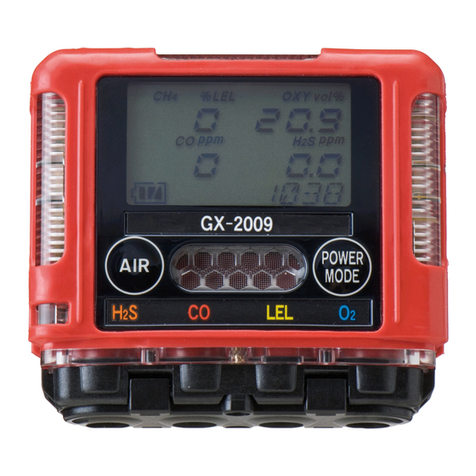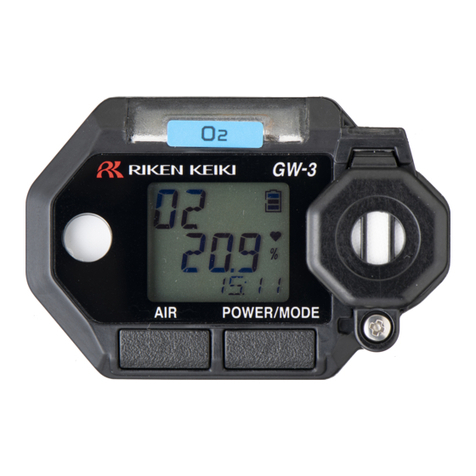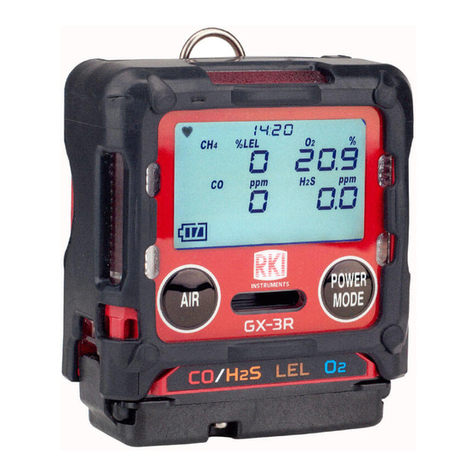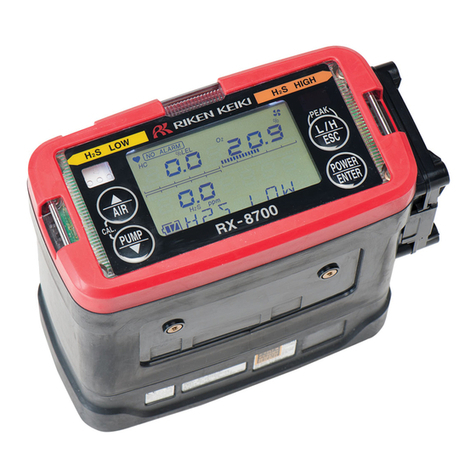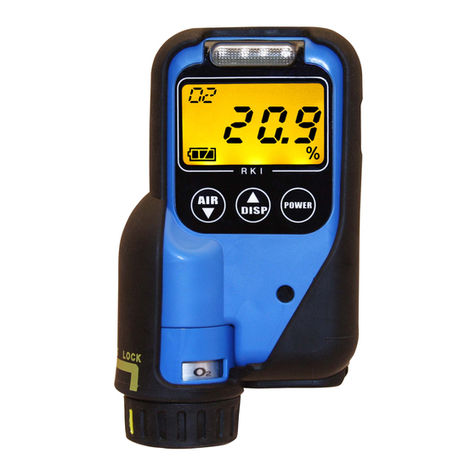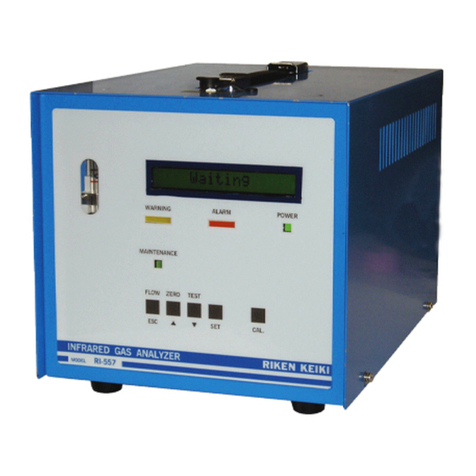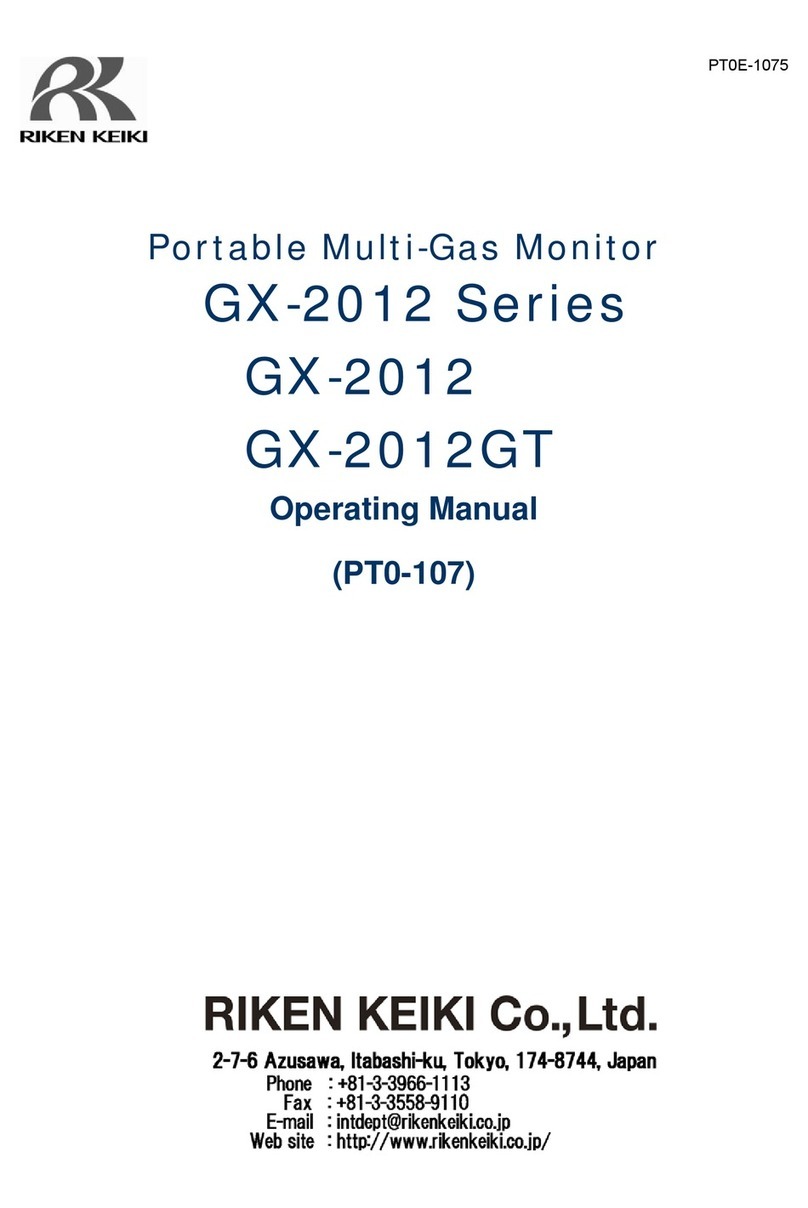
2
Contents
1. Outline of the Product..................................................................................................................................... 3
Preface............................................................................................................................................................ 3
Purpose of use................................................................................................................................................ 3
Definition of DANGER, WARNING, CAUTION and NOTE ............................................................................ 4
Method of confirmation for CE marking type .................................................................................................. 4
2. Important Notices on Safety........................................................................................................................... 5
2-1. Danger cases........................................................................................................................................... 5
2-2. Warning cases ......................................................................................................................................... 6
2-3. Precautions.............................................................................................................................................. 6
3. Product Components...................................................................................................................................... 7
3-1. Main unit and standard accessories........................................................................................................ 7
3-2. Names and functions for each part ......................................................................................................... 9
4. How to Install Gas Monitor ........................................................................................................................... 11
4-1. Precautions for installation points ......................................................................................................... 11
4-2. Precautions for system designing .........................................................................................................12
4-3. Installation of monitor ............................................................................................................................14
4-4. Precautions for wiring ............................................................................................................................17
5. How to Use ...................................................................................................................................................20
5-1. Before using the monitor .......................................................................................................................20
5-2. Preparation for start-up ......................................................................................................................... 20
5-3. Basic operating procedures................................................................................................................... 21
5-4. Power-on ...............................................................................................................................................22
5-5. Modes ....................................................................................................................................................23
5-6. User mode .............................................................................................................................................24
5-7. Power-off ...............................................................................................................................................26
6. Alarm Activation and Functions ....................................................................................................................27
6-1. Gas alarm activation.............................................................................................................................. 27
6-2. Fault alarm activation ............................................................................................................................29
7. Maintenance .................................................................................................................................................30
7-1. Maintenance intervals and items...........................................................................................................30
7-2. Maintenance (regular maintenance) mode ........................................................................................... 32
8. Storage and Disposal ...................................................................................................................................45
8-1. Procedures to store the monitor or leave it for a long time...................................................................45
8-2. Procedures to relocate the monitor or use it again ...............................................................................45
8-3. Disposal of products ..............................................................................................................................45
9. Troubleshooting ............................................................................................................................................46
10. Product Specifications................................................................................................................................48
10-1. List of specifications ............................................................................................................................48
10-2. List of accessories ...............................................................................................................................48
10-3. Optional accessories ...........................................................................................................................49
11. Appendix .....................................................................................................................................................50
11-1. Detection principle of semiconductor type ..........................................................................................50
11-2. Definition of terms................................................................................................................................ 51
